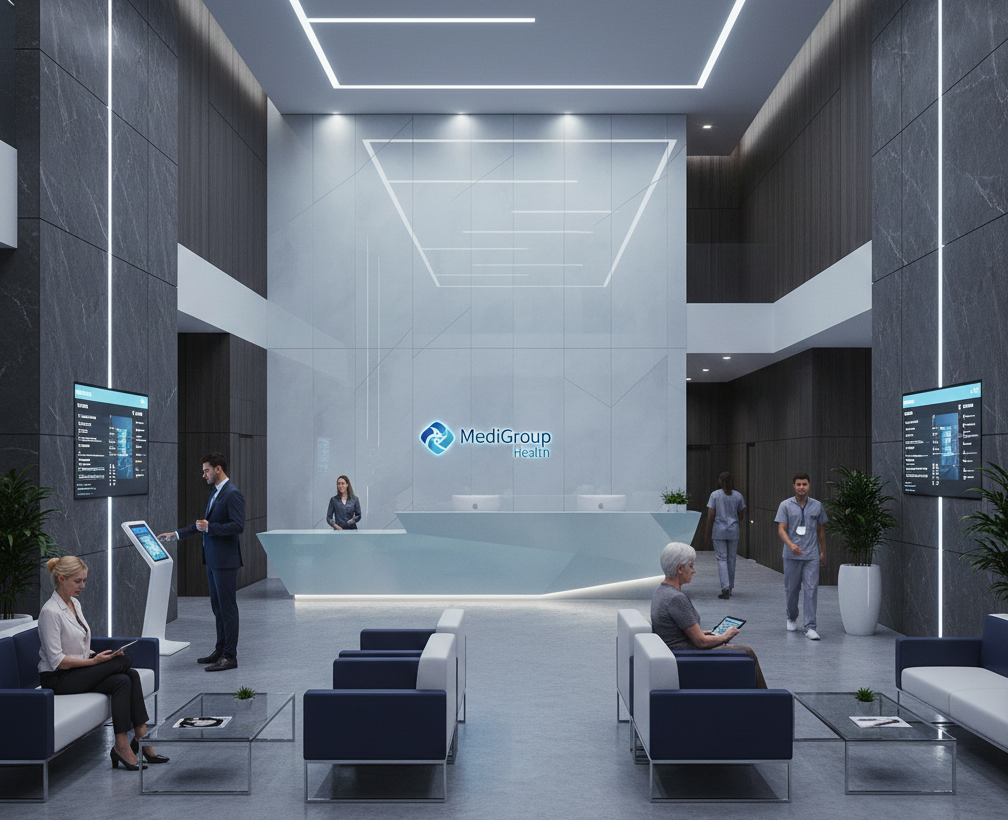Regular AV health checks prevent downtime, improve user experience, and reveal upgrade opportunities that deliver measurable ROI without new installs.
Many AV providers still lead with installation pitches. New displays. New microphones. New control systems. But clients are not always asking for new technology. They are asking for reliability. They want every meeting, class, or presentation to start on time and run smoothly.
An AV health check is the most direct path to that reliability. It replaces guesswork with facts. It helps clients understand how their systems perform, where weak points exist, and what actions will improve uptime and user satisfaction. For providers, it becomes a consistent revenue stream built on value, not pressure.
Why “More Installs” Creates Diminishing Returns
Selling new systems feels productive. But if the foundation is weak, adding more equipment only adds more complexity.
Take a corporate client with 25 meeting rooms. The systems are three years old. Some have updated firmware, others do not. Network settings vary by room. Different teams have modified control interfaces over time. When an executive meeting fails due to an HDMI handshake issue, everyone blames the hardware. The IT team requests a full replacement quote.
In most cases, replacement is unnecessary. A simple audit would show that outdated firmware, incorrect EDID settings, or an unmanaged switch caused the issue. Fixing those problems costs a fraction of a new setup. The client saves money. The provider builds credibility.
This example repeats across offices, hospitals, classrooms, and retail spaces. The absence of regular audits forces both client and integrator into a reactive mode.
What a Real AV Health Check Looks Like
A health check is not a routine maintenance visit. It is a structured review of every part of the system and its performance during actual use.
The process includes:
- Physical inspection: Check for cable wear, damaged ports, or ventilation issues that affect signal stability or device lifespan.
- Firmware & software verification: Identify outdated versions that cause interoperability failures between devices.
- Performance testing: Measure audio quality, signal latency, and connection reliability. For example, a one-second delay in a hybrid meeting can interrupt communication flow and frustrate remote participants.
- User experience review: Observe how people start meetings or share content. If users take five minutes to get a display working, the system is not performing as designed.
- Integration audit: Confirm whether control systems, conferencing platforms, and network policies align. A Teams Room running on an older codec version may not integrate with new touch panels.
- Maintenance documentation: Review service logs, warranty data, and asset labeling for traceability.
An audit ends with a detailed report highlighting performance gaps and actionable recommendations.
The Difference Before and After an Audit
The most visible changes appear in daily operations.
Before an audit
- Delays at the start of meetings.
- Audio feedback in certain rooms.
- Users complaining that wireless sharing fails intermittently.
- Repeated support tickets without a clear cause.
After an audit
- Meeting rooms start in seconds.
- Audio levels are balanced across spaces.
- Firmware and drivers are synchronized.
- IT and facilities teams know exactly which assets need future attention.
For example, a university performing quarterly AV health checks reduced its helpdesk calls by half in six months. The improvement came not from buying new equipment, but from identifying loose connections, updating firmware, and improving user instructions.
The Real ROI Behind AV Health Checks
1. Extends system lifespan
Hardware failures often stem from heat, dust, or outdated software, not design flaws. During an audit, technicians can detect blocked vents, overloaded racks, or aging components before they fail.
A retail chain once reported frequent display outages in its stores. The audit revealed that several power supplies ran near maximum capacity due to unbalanced circuits. Rebalancing loads solved the issue and added years to system’s life.
2. Reduces downtime & lost productivity
A five-minute delay in a 20-person meeting wastes nearly two hours of combined employee time. Multiply that by daily meetings, and the cost becomes clear. Audits eliminate the small faults that cause these interruptions.
When systems operate smoothly, meeting productivity rises. The gain is immediate and visible to end users.
3. Improves user experience
An effective AV setup should disappear into the background. Users should not think about controls or connectivity. They should focus on content.
Audits often reveal user-related friction. For example, inconsistent naming conventions on touch panels confuse employees. Standardizing layouts and labels resolves frustration and training time.
4. Builds transparency & trust
Clients prefer measurable results over sales talk. Sharing a detailed audit report builds credibility. It shows you understand the system’s current state and future needs.
A facilities manager who sees a chart showing bandwidth usage or microphone coverage will appreciate facts more than a recommendation to “upgrade.” You become a trusted advisor, not a salesperson.
5. Reveals practical upgrade opportunities
When audits expose clear performance limitations, upgrade conversations become logical. For instance, if legacy codecs cannot handle new meeting platforms or resolutions, clients understand why replacement matters.
Instead of pitching new technology blindly, you show where the investment will directly improve performance.
Why Audits Are the Ideal Low-Friction Offer
A health check is simple to approve. It requires minimal downtime and delivers quick, measurable insights. Clients gain clarity without committing to large expenses.
For AV providers, it opens the door to:
- Preventive maintenance contracts.
- Managed service subscriptions.
- Performance benchmarking.
- Predictable upgrade cycles.
This model turns one-time projects into recurring relationships. Every audit creates data that informs the next engagement.
Turning Findings Into Action
An audit report only adds value when it leads to improvement. Clear communication is essential.
Each report should include:
- Immediate actions, such as firmware updates or cable replacements.
- Medium-term tasks like reprogramming control panels or balancing audio systems.
- Long-term plans for future scalability or integration upgrades.
- Visual documentation with photos and diagrams.
For example, a hospital discovered during an audit that its telemedicine carts used inconsistent audio devices. Standardizing equipment and updating drivers improved call clarity and reduced patient wait time.
The Smart Way to Grow in AV
The AV industry is shifting from installation-driven revenue to experience-driven partnerships. Clients expect reliability and measurable results, not constant hardware replacement.
Audits align with this shift. They deliver ongoing insight into system health and performance. They strengthen relationships by showing clients you care about uptime, usability, and efficiency.
A business that focuses on audits becomes more predictable. It gains stable service revenue, lower support costs, and higher client retention.
Ready to Improve Performance with Resurgent?
Resurgent designs and delivers AV solutions for corporate, education, healthcare, public sector, retail, and residential environments. With over a decade of experience, we focus on systems that perform consistently and support faster, better collaboration.
Our AV health checks provide a complete review of your system’s condition. We assess hardware performance, network readiness, user experience, and maintenance practices. Each audit ends with a clear, prioritized plan to improve reliability and extend system life.
Before planning a new installation, ask how your current setup performs today. Small insights often lead to major performance gains.
We are Resurgent. We help you build reliable, efficient, and consistent AV environments. Contact us today to schedule an AV health check and see measurable improvement in your collaboration systems.
FAQs
1. What is an AV health check?
It’s a structured review of your existing audio-visual systems to assess performance, reliability, and user experience, without replacing equipment.
2. What problems do AV audits usually uncover?
They often reveal outdated firmware, poor cabling, inconsistent setups, or inefficient user controls that affect daily performance.
3. How do I schedule an AV health check with Resurgent?
Contact Resurgent to set up a system review. Our team will assess your environment and provide a clear, data-backed plan for improvement.



